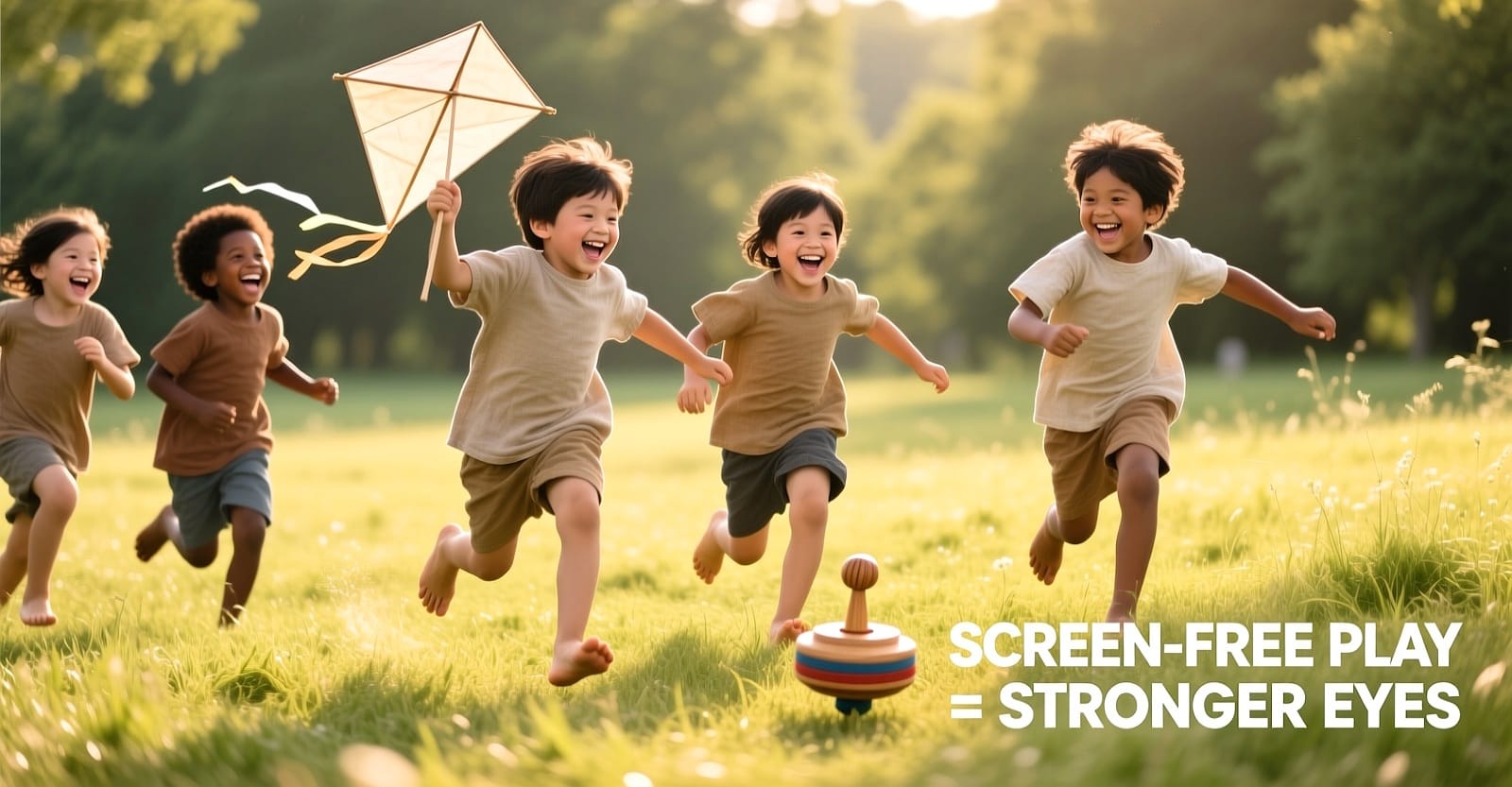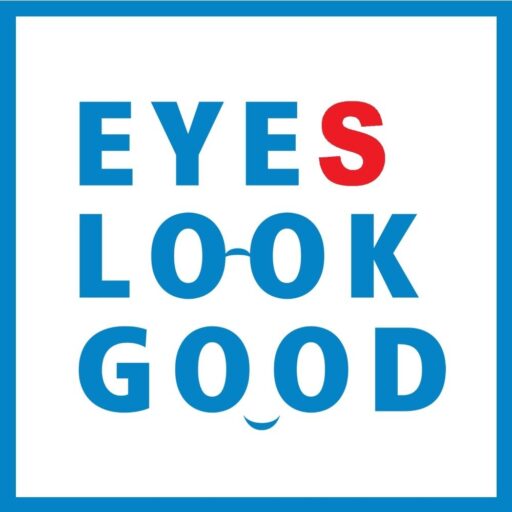Blog
The Ultimate Guide to Myopia Prevention and Management

Discover practical, science-backed strategies for Myopia Prevention and Management. Learn lifestyle habits, corrective options, and easy daily tips to slow progression and protect sight at any age.
## Introduction ##
So, what’s going on with everyone’s eyesight these days? With kids on tablets, teens glued to phones, and adults staring at screens for work, myopia has climbed the charts worldwide. But don’t freak out — myopia doesn’t have to be a one-way street. This guide walks you through real-world, evidence-informed steps for Myopia Prevention and Management that you can actually use tomorrow. We’ll cover habits, treatments, and practical tweaks that add up to big benefits over time.
Understanding Myopia: Not Just “Nearsightedness”
Myopia means light from distant objects focuses in front of the retina, not on it, usually because the eyeball grows a little too long or the cornea curves more than it should. That leads to blurry distance vision. While glasses or contacts correct the view, they don’t by themselves stop the eye from elongating — which is why purposeful management matters.
Why Is Myopia Increasing?
- More near work: prolonged close-up focus on screens or books.
- Indoor lifestyles: less time in natural daylight, which plays a protective role.
- Genetics: if parents are myopic, kids have higher odds too.
Start Young: Prevention Strategies for Children
If you’re a parent, listen up — early moves matter. Small changes now can completely change the trajectory of a child’s eyesight later.
1. Make Outdoor Time Non-Negotiable
Research consistently shows that children who spend about two hours a day outdoors have a substantially lower chance of developing myopia. Natural daylight stimulates retina chemicals that help regulate eye growth. So yes—playtime is actually a prescription.
2. Smart Screen Habits (Without Banning Devices)
- 20-20-20 rule: Every 20 minutes, look at something 20 feet away for 20 seconds.
- Distance and posture: Keep tablets and phones at arm’s length and screens slightly below eye level.
- Font sizes: Bigger text reduces squinting and strain — simple but effective.
3. Annual Eye Exams — Start Early
Don’t wait for squinting. Baseline eye tests by age 3 (or sooner when there’s a family history) and yearly checks after that help catch progression early, when interventions are most effective.
Adult Strategies: Stop It From Getting Worse
Adults can’t reverse established myopia with exercises, but they absolutely can slow further progression and reduce strain.
Prescription Accuracy
Wearing the correct prescription matters. Under-correction (rocking a weaker lens than you need) may accelerate progression — surprising, but true. Keep update appointments and trust the prescription your eye-care pro gives you.
Specialty Contact Lenses and Ortho-K
- Orthokeratology (Ortho-K): rigid overnight lenses temporarily reshape the cornea so you wake up seeing clearly. Great for people who want daytime freedom from glasses or contact lenses.
- Multifocal soft contacts: designed to reduce the focusing demand that contributes to axial elongation.
Low-Dose Atropine Drops
Low-concentration atropine eye drops have become a key tool in slowing axial growth in children. They require medical oversight, but used properly, they can reduce the yearly progression rate in many kids.
Lifestyle Tweaks That Help Every Day
Here’s the good news: a handful of small, sustainable habits stack up.
Nutrition for Your Eyes
Food matters — the eyes depend on steady nutrition. Include:
- Omega-3 rich sources (fatty fish, walnuts, flaxseed)
- Lutein & zeaxanthin (spinach, kale, other greens)
- Vitamin A sources (sweet potato, carrots)
- Zinc (pumpkin seeds, chickpeas)
Ergonomics & Lighting
Good lighting and posture reduce visual stress. Keep reading material 30–40 cm away and set screens slightly below eye level. Use even, soft lighting to avoid glare.
Combining Approaches: Why Mix-and-Match Works Best
Single interventions help, sure, but combination strategies often give the best results. Think of it like cross-training for your eyes: outdoor time plus specialty lenses, paired with low-dose atropine when recommended, typically beats any one approach alone.
Tip: If a child is progressing quickly (worsening prescription year-to-year), ask your eye care provider about combination plans — they can tailor a program to the child’s needs.
Emerging Tools & The Future of Myopia Care
Exciting tech is on the horizon: adaptive smart lenses, apps that help track near work and breaks, and even gene-focused research are all in development. Expect more personalized, proactive care soon.
Myths & Misconceptions — Quick Reality Check
- “Glasses make eyes weaker.” False. Glasses simply correct how light focuses; they don’t weaken the eye.
- “Reading in dim light causes myopia.” Not directly. It causes strain but doesn’t cause your eye to elongate.
- “There’s nothing you can do.” Wrong. Multiple evidence-based strategies can slow progression.
Practical Daily Checklist
Stick this on your fridge — or paste it in a group chat!
- 2+ hours outdoors daily for kids (and get outside yourself!)
- Follow the 20-20-20 rule during screen use
- Annual eye exam — no skipping
- Consider specialty lenses or low-dose atropine if the eye-care pro recommends them
- Eat an eye-friendly diet rich in omega-3s and leafy greens
FAQs: Fast Answers About Myopia Prevention and Management
Q: Can adults reverse myopia with exercises?
A: No. Eye exercises don’t reverse axial elongation. However, good habits and medical interventions can slow further progression and reduce symptoms.
Q: Do blue-light glasses stop myopia?
A: They help with digital eye strain and comfort. Evidence doesn’t show they prevent myopia progression directly.
Q: When should my child get their first eye exam?
A: Experts generally recommend a preschool screening around age 3 and formal yearly exams thereafter, especially if there’s a family history of myopia.
Q: Are surgical fixes like LASIK permanent?
A: LASIK and PRK correct refractive error, but they don’t change the underlying risk factors for axial elongation or certain complications linked to high myopia. Discuss long-term risks with a specialist.
The Emotional Side: Why Management Matters Beyond Sight
Beyond the numbers, myopia affects self-image and daily life. For children, worsening prescription can dent confidence — and that’s another reason parents often decide to act early. A proactive plan protects not only eyesight, but quality of life.
Conclusion: Treat Myopia Like a Long-Term Investment
To wrap up: Myopia Prevention and Management isn’t a single trick — it’s a suite of strategies you put into play. Start with outdoor time and smart screen habits, add medical tools like Ortho-K or low-dose atropine when indicated, and feed your eyes with good nutrition. Those small steps compound over time. Begin today, and give your future self the priceless gift of clearer horizons.
Back to top